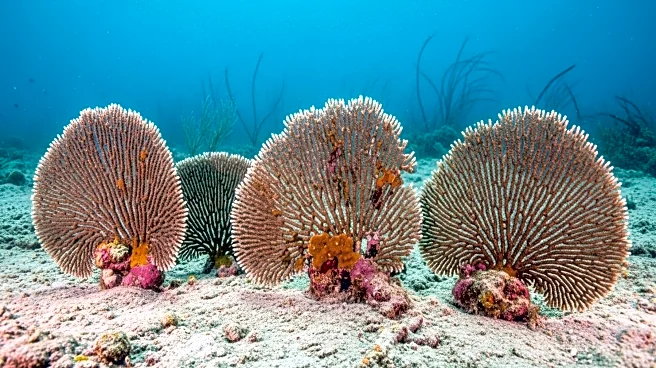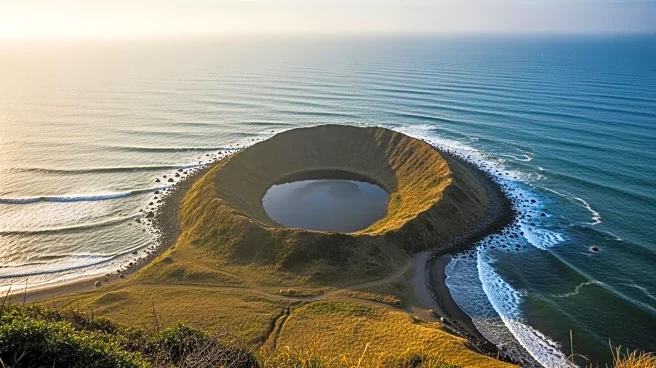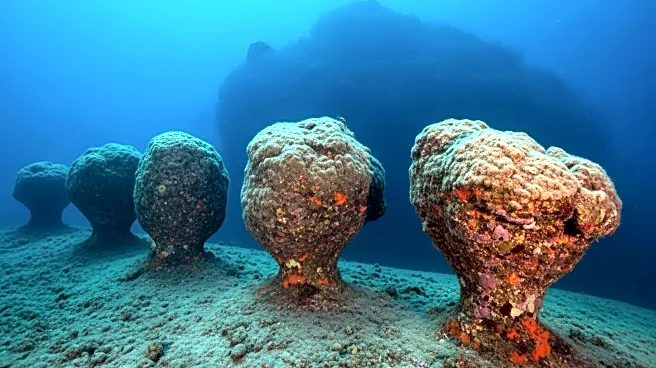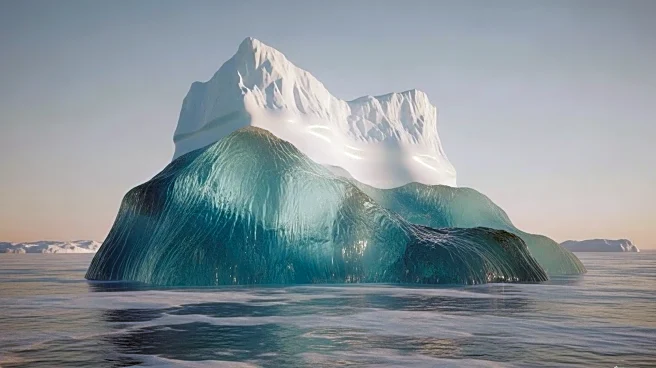What's Happening?
Recent research led by Heriot-Watt University has uncovered colossal mud wave structures buried beneath the Atlantic Ocean, offering new insights into the formation of the ocean and the separation of South America and Africa. These structures, formed by intense mixing of saline waters, provide evidence of the tectonic movements that led to the rifting of the continents. The discovery challenges previous assumptions about the timeline of the Atlantic's formation and suggests significant climate impacts due to carbon release during this geological event.
Why It's Important?
The discovery of these ancient mud waves is significant as it provides a clearer understanding of Earth's geological history, particularly the processes involved in the formation of the Atlantic Ocean. The findings also highlight the potential climate impacts of such geological events, as the formation of the Atlantic may have contributed to global warming by disrupting carbon sinks. This research could influence future studies on continental drift and climate change, offering valuable data for geologists and climate scientists.
What's Next?
Further research is likely to focus on analyzing the sediment cores to gain more detailed insights into the geological processes at play during the Atlantic's formation. Scientists may also explore the implications of these findings on current climate models, considering the historical carbon release and its effects on global temperatures. Collaboration between geologists and climate scientists could lead to new theories on the relationship between tectonic movements and climate change.
Beyond the Headlines
The discovery raises questions about the ethical and environmental considerations of deep-sea drilling and its impact on understanding Earth's history. As researchers continue to explore these ancient structures, there may be discussions on balancing scientific exploration with environmental preservation. Additionally, the findings could inspire cultural reflections on humanity's connection to Earth's geological past and the long-term impacts of natural events on climate and ecosystems.











